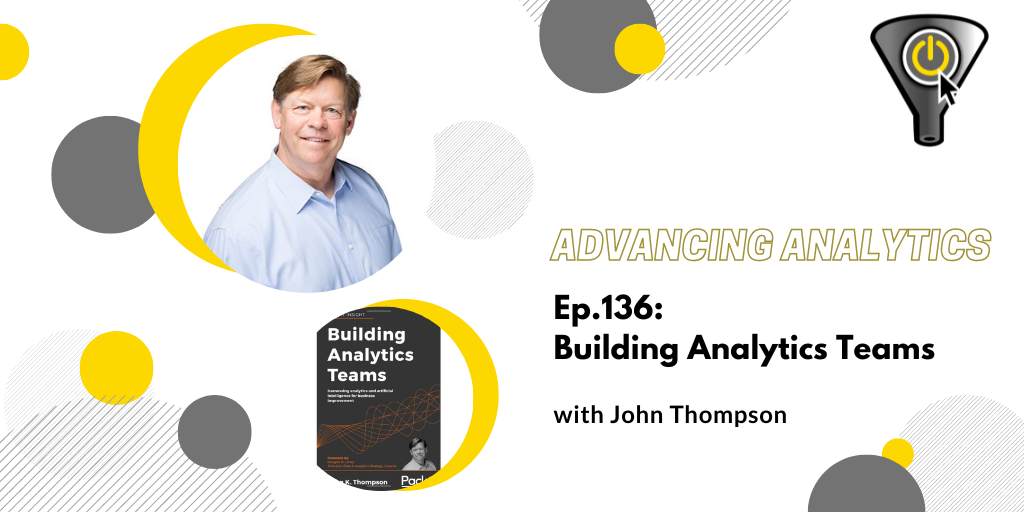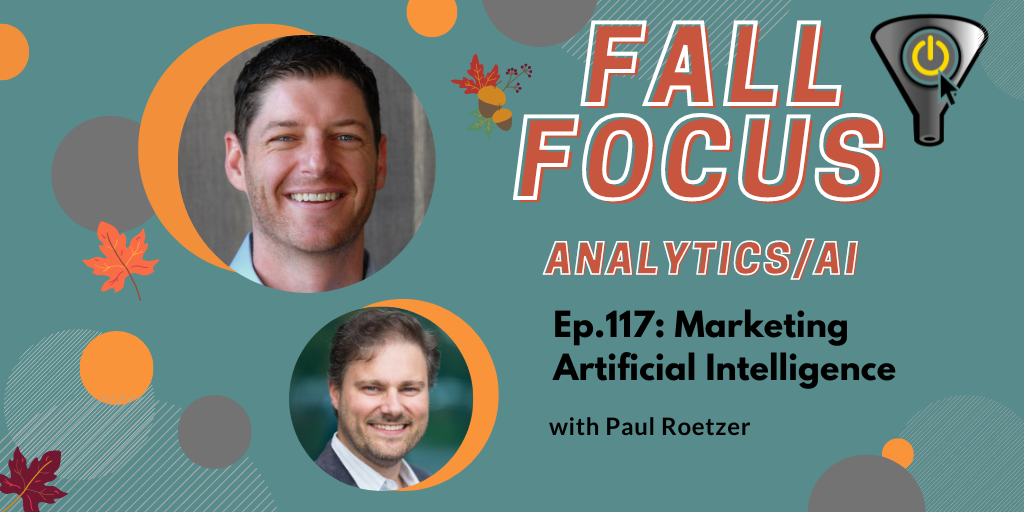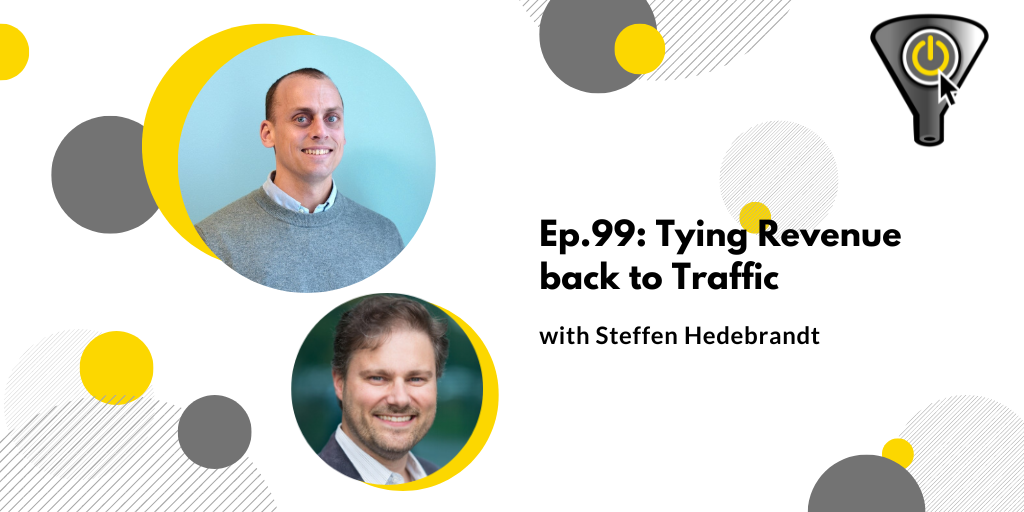John Thompson is the author of the 2020 book Building Analytics Teams, and a 35-year technology executive in the fields of data, advanced analytics and artificial intelligence (AI).
He is Global Head, Artificial Intelligence (AI) at EY. John was an Executive Partner at Gartner. He was the global advanced analytics and AI function at biopharmaceutical company CSL Behring, where he led an analytical applications team.
John has built start-up organizations from the ground up and he has reengineered business units of Fortune 500 firms to reach their potential. He has directly managed and run – sales, marketing, consulting, support and product development organizations.
He has been a technology leader with expertise and experience spanning all operational areas with a focus on strategy, product innovation, growth and efficient execution.
Thompson holds a Bachelor of Science degree in Computer Science from Ferris State University and a MBA in Marketing from DePaul University.
People/Products/Concepts Mentioned in Show
Data Science modules on Coursera by U Michigan’s Dr Charles “Chuck” Severance
Episode Reboot. John’s book “Data for All” published in 2023











